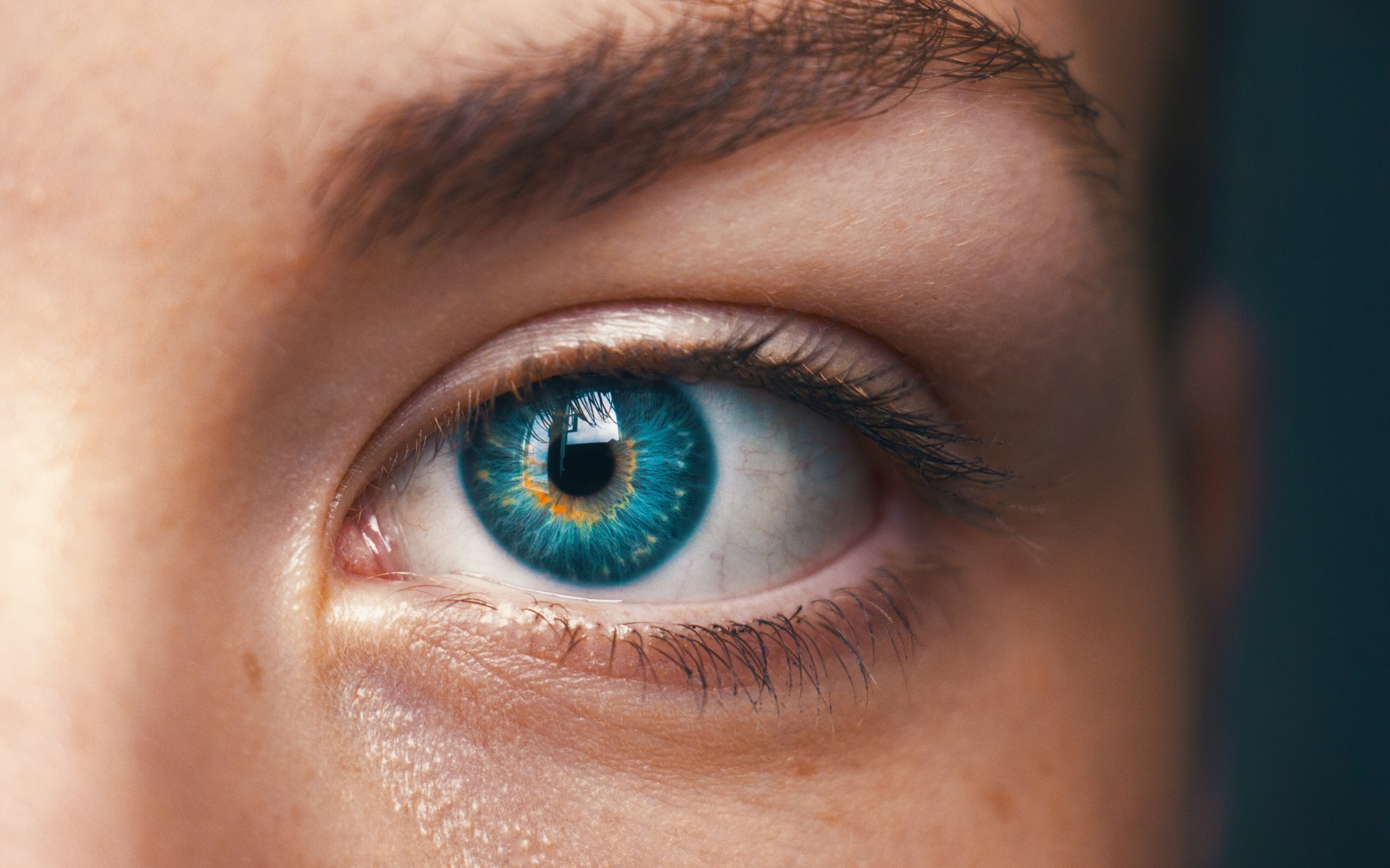6 Cognitive Psychology Theories to Improve UX Design
April 1, 2021When it comes to design, it all comes down to the choice. Each shade, form, line, font, text, graphics, in the end, form a message that must be conveyed to the user.
At the same time, the development of design is more related to the study of the psychology of perception and behaviour of the user, than to the mastery of extraordinary creative abilities.
When applied to design, psychological principles and laws of perception help to create intuitively clear, pleasing to the eye interfaces.
Below we will make sure to understand what is cognitive psychology and look at a few psychological principles to understand how this works.
Table of Contents
Cognitive psychology
Cognitive psychology is a branch of psychological science that studies the cognitive processes of the human psyche. Research-based on the cognitive approach in psychology is focused on the study of feelings, attention, memory, imagination, logical thinking, presentation of information, the ability to make decisions. In fact, this is a whole concept focused on the activity of consciousness and the process of cognition.
Cognitive psychology examines the process of obtaining information about the world by a person, how it appears to him, how it is stored in memory and becomes knowledge, as well as how this knowledge affects not the behaviour and attention of a person. This direction concerns the entire range of mental processes, starting with sensations and ending with perception, attention, learning, pattern recognition, memory, and the formation of concepts. It concerns thinking, language, memorisation, imagination, emotions and developmental processes, as well as all possible behavioural domains.
Currently, cognitive psychology is largely based on analogies between the mechanisms of human cognition and the transformation of information in computing devices. (And this despite the fact that its foundations were laid before cybernetics and complex computing and information technology appeared.)
The most common concept is that the psyche is represented by a device that has a fixed ability to transform the received signals. Internal cognitive schemes and activities of the organism involved in the process of cognition are of primary importance in it. The human cognitive system is considered as a system with input, storage and output devices, taking into account its capacity. And the basic metaphor of cognitive psychology is a computer metaphor, according to which the work of the human brain is similar to the work of the computer’s processor.
UX design is built around the knowledge of human psychology, and over the years of studying users, many laws of the psyche have emerged that you need to know when designing an interface.
6 psychological principles that you need to know when creating a design concept
1) Mental models
Mental models are constantly discussed by developers and UX designers. The process of creating something new – a website template or a new application – requires an understanding of how users behave and what they find intuitive.
Mental modelling is the process of finding out exactly how a person knows the world through experience and copying these models when creating something virtual. The point is to describe in detail the intuitive mode of action of the user.
For example, let’s take files and folders on the computer. This is an analogue of the oldest system of storing information on physical media, and therefore it is easy for anyone to understand.
For designers, the understanding of mental modelling comes down to creating a design based on user experience.
During the design process, you need to constantly check yourself: are the visual elements and their placement in the layout annoying, is the general message clear or is it inadvertently hidden?
2) Restorff effect
Restorff effect or the effect of isolation – the effect of human memory, when an object that stands out from a number of homogeneous, is remembered better than others.
When designing something, it is sometimes necessary to draw the user’s attention to one point, even if other elements are placed around it. A different font, colour, size and other designer tools are used for this.
The Restorff Effect can be found on any web page as your attention is drawn to certain elements. Most often this effect is expressed in elements of a call to action (CTA).
3) Gestalt principles
Gestalt psychology examines the visual perception of objects relative to each other.
Gestalt Principles, or Gestalt Laws, describe how design elements, grouped together, are perceived by the human eye.
The principle of proximity: objects located nearby are perceived as a single logical group. For example, despite the fact that the letter U in the Unilever logo is made up of different shapes, the human eye primarily recognises the holistic shape of the letter U.
The principle of similarity: similar objects are perceived as a single whole or as part of one group. In the NBC logo, similar cones are perceived as a single group, as they have the same shape.
Closure principle: the form is perceived as a whole, even if not all lines are closed. In the logo of Starbucks, the shapes and empty space form the silhouettes, with only some elements of the image being completely closed.
Continuity Principle: Visual perception naturally moves from one object to another. The Olympic Games logo is an example of a visual in which elements are extensions of each other.
Figure and Background: When the eye sees an object as an object, it separates it from the surrounding space (background). In the special Apple logo dedicated to Steve Jobs, depending on what the eye is focused on, either an apple or a silhouette of Steve Jobs is perceived.
4) Visceral reactions
Everyone has a favourite site, photo, or another visual object from which it is impossible to take your eyes off. But not everyone can tell why. It’s all about visceral reactions – psychological mechanisms originating from the depths of the subconscious.
Visceral reaction knowledge design aims to create a positive aesthetic impression. And it just requires knowing what is visually pleasing and what is not.
Airbnb has used visceral design to convey the beauty and exoticism of different countries. While most lodging options do not have beach views or luxury apartments, Airbnb uses this design to inspire travelling around the world.
Visceral response designs often boil down to simply using beautiful photos and colourful imagery to emotionally hook the audience.
5) Psychology of colour
People tend to associate colours with feelings and moods, and designers have done a lot of research on this topic.
Their summary:
Blue: safe, calm, honest, trusting, strong, caring
SEO Sydney Experts recommend using this colour to instil a sense of reliability and confidence in your brand.
Facebook‘s colour scheme assures the user that it is a reliable and reputable social network, which instils a sense of security in users, even when posting personal information.
Red: energy, love, action, activity, passion.
Coca-Cola is a classic example of a company using red to convey brand spirit. And they succeeded: Coca-Cola is steadfastly associated with energy and emotional uplift.
Orange: happy, outgoing, friendly, approachable.
Favourite colour of Hubspot marketing resource.
Green: growth, organics, naturalness, care, freshness, earth.
Companies like Whole Foods, which wanted to emphasise their connection to nature and naturalness, had no choice but to use green in their colour scheme. Green evokes the naturalness that Whole Foods strives to associate with its brand.
Black: sophistication, luxury, seductive, formal, authoritative.
212 Supercars, a luxury car rental and chauffeur service, uses a black and white design to signal that it is a luxury and exclusive brand.
Multicolour: multichannel, positive, playful, bold, limitless.
Google is the most famous example of the use of multiple colours in a logo and fully evokes the above associations with multicolour.
6) Psychology of shapes
Just like with colours, people associate different shapes with certain emotions and properties. A lot of research has been done on this topic too.
Circles, ovals, ellipses: evoke positive emotions associated with communities, friendship, connections, relationships, unity, femininity.
Rectangles and triangles: stability, balance, strength, professionalism, efficiency, masculinity.
Microsoft and Delta use squares and triangles in their logos, which evokes a sense of stability, efficiency – a positive feeling when associated with the brand.
Vertical lines: masculinity, strength, aggression.
In the SoundCloud logo, the shape of the cloud evokes emotions associated with daydreaming and creativity, while vertical lines evoke more aggressive feelings. This combination of straight lines and cloud shapes expresses the brand’s ambivalent spirit – the creativity and power of SoundCloud as a tool.
Horizontal lines: community, calmness, confidence.
The Human Rights Campaign, a civil rights organisation, uses lines and rectangles in its logo to convey its core message of equality and advocacy.
Conclusion
Many designers love to “reinvent the wheel” when it comes to a new project. Although this approach can result in something unique and memorable, if you overdo it with innovation, it will only confuse users. We encourage you to be creative, but make sure that you follow basic principles and theories. Try not to ignore established design standards and trends. Thanks to this, people will be able to interact with your site on a subconscious level, without too much stress.




Whitehall Training is a UK-based company that provides online training courses for pharmaceutical and medical research professionals. They have a successful track record of over 15 years, and their courses are accredited by the Faculty of Pharmaceutical Medicine of the Royal College of Physicians of the United Kingdom.
ICH GCP Good Clinical Practice Guidelines are international ethical and scientific standards for the design, conduct, performance, monitoring, auditing, recording, analysis, and reporting of clinical trials. The goal of GCP is to ensure the protection of the rights, integrity, and confidentiality of clinical trial participants and to ensure the credibility and accuracy of data and reported results.
Dopóki istnieje sieć, zdalne nagrywanie w czasie rzeczywistym może odbywać się bez specjalnego instalowania sprzętu.
Wow, marvelous blog structure! How lengthy have you
ever been blogging for? you make running a blog glance easy.
The whole look of your web site is magnificent, as
neatly as the content material! You can see similar here sklep
online
Hey there! Do you know if they make any plugins to assist with SEO?
I’m trying to get my website to rank for some targeted keywords but I’m not seeing very good success.
If you know of any please share. Appreciate it! I saw similar art here: Auto
Approve List
Wow, superb blog structure! How long have you been running a blog for?
you made blogging look easy. The total glance of your
website is excellent, as well as the content material!
I saw similar here prev next and that was wrote by Monnie83.
Wow, fantastic weblog structure! How long have you ever
been running a blog for? you make blogging glance easy.
The full glance of your website is magnificent, let
alone the content! You can read similar here prev next and
those was wrote by Ciara85.